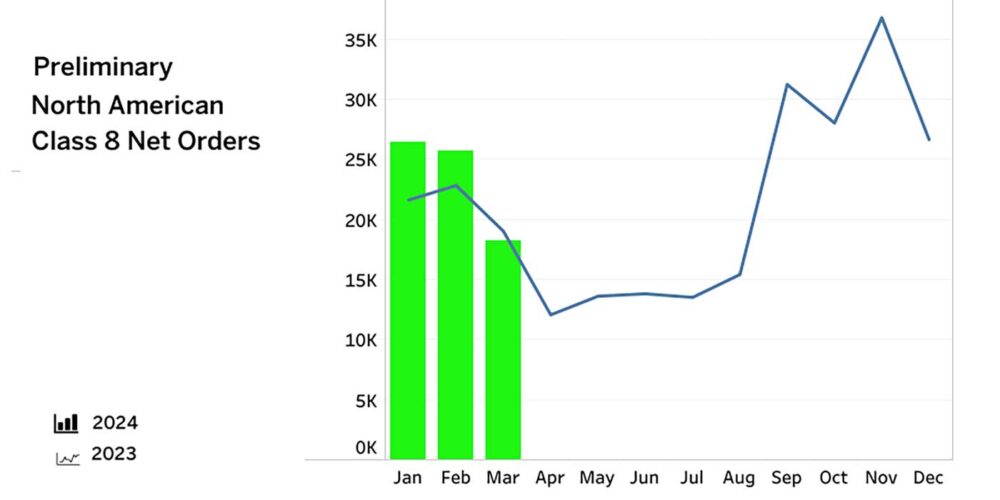Tire prices are continuing to escalate – and there is a shortage of natural rubber due to a combination of floods and droughts. Natural rubber is needed because it is a key ingredient in truck tires valued for its low heat generation properties.
Adding to the escalating cost of tires is the rising price of oil. Take into account the price of oil, which currently hovers at or above $100 a barrel, and you can see why tire prices will continue to increase. Many of the raw materials that are used in commercial truck tires are oil-based.
Tires are the highest maintenance cost next to fuel. To mitigate this expense, fleets need to maximize tire removal miles and increase retreadability to keep their tire budget in line.
Drivers can have a large impact on a fleet’s tire expenses. Drivers are the early warning sign for potential tire issues. During their morning walk-around, drivers need to do a visual inspection of tires. Looking for signs of irregular wear, cuts, snags and punctures and then reporting the results either to the maintenance department or in a log book is critical. Punctures will lead to a very expensive roadside service call. If the steer tires are showing fast shoulder wear on both outside shoulders, this is an indication that there is a vehicle alignment issue. Getting the alignment back to specification will extend the tire life.
What about checking tire pressures during the walk-around? Tires that are run at the recommended pressure specification will increase miles to removal versus those tires that are running underinflated. Underinflated tires will lead to irregular wear, bad fuel economy and early removal miles.
To check 18 tires with a calibrated air pressure gauge (not a Billy club) takes time. If the tires have valve caps that have to be taken on and off, it can take a good 15 minutes to complete the pressure check. Then there may be an issue, especially in cold weather, like a stuck valve core, which could lead to a flat tire. Every fleet needs to weigh the benefits of a driver’s time to accurately record the tire pressures versus only checking tire pressures during a vehicle PM.
If the driver is on a road trip and does a pressure check during the morning walk-around and finds the inside dual drive tire is 20 PSI underinflated, will he take the time to take the vehicle to a truckstop to get air?
Driver education about tires is crucial to a successful tire program. For example, drivers may have no idea that those 18 tires on his rig cost over $6,000 and he should be doing everything possible to maximize the removal miles. Drivers must fully understand that their jobs depend on helping their employer do everything in their power to get the most out of their tire investment. When the driver understands that there is a direct correlation between running tires underinflated and fuel economy, he or she could save the company several hundred dollars per year in fuel alone.
Some years ago I was involved in a study with a small fleet based out of Virginia. Tractors were married to the trailers and the 10 vehicles saw similar routes and loads. As part of the test, drivers were assigned to the same tractor. The results of the evaluation revealed a perfect correlation to tire treadwear, vehicle fuel economy and the driver. The driver who had only recently graduated from truck driving school had the worst vehicle fuel economy and the fastest tire wear rates. The driver who had been driving for 35+ years had the best tire performance and also the best fuel results. The remaining drivers all fell in line based on their years of driving experience.
The bottom line is that the driver will most certainly have an effect on a fleet’s tire budget. Regular “Tires 101” training will definitely help to keep tire costs in check during this volatile period.













